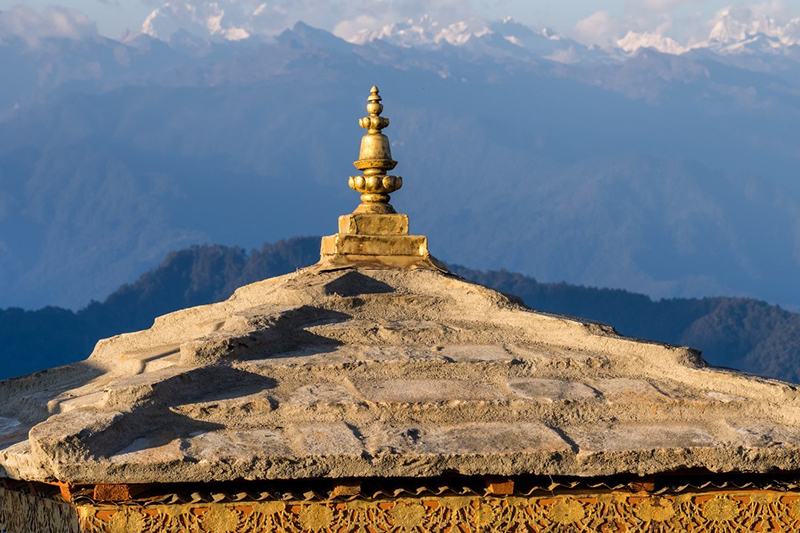
10 Good Reasons to Visit the Kingdom of the Thunder Dragon
The only country in the world that uniquely prioritises citizens’ happiness over wealth, Bhutan is ready to welcome global travellers.
Set against the majestic backdrop of the Eastern Himalayas, Bhutan embodies a distinctive philosophy that prioritises the happiness and well-being of its people. Formalised under the Gross National Happiness (GNH) index, recognised by the United Nations, this timeless allure can be experienced by travellers to the Land of the Thunder Dragon. Bhutan is a destination where traditional measures of prosperity are balanced with a sacred journey that intertwines the strands of natural splendour, spiritual havens, and the genuine hospitality of its people.
Here are 10 reasons that set Bhutan apart from other countries.
…
1 Responsible Tourism
Embracing the tourism strategy of high-value, low-volume tourism, Bhutan carefully manages visitor numbers to safeguard its cultural soul and ecological sanctity. This deliberate approach not only preserves the nation’s identity but also creates an exclusive ambience, fostering profound connections with the local way of life and allowing for a more immersive cultural experience. While Bhutan does not limit tourism numbers, it does have a daily Sustainable Development Fee (SDF) of USD 100 per adult, per night, which funds a range of initiatives such as free healthcare and education for all Bhutanese, as well as various sustainability and conservation projects.
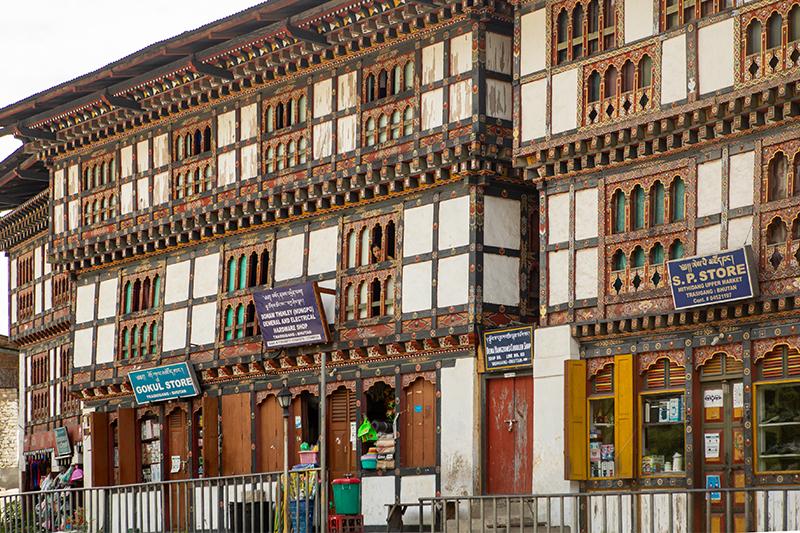
2 One of Only Three Carbon Negative Countries in the World
While many countries face challenges in cutting down their carbon emissions, Bhutan, a small landlocked country in the Himalayas, is receiving worldwide praise for its efforts. It holds the unique status of being the first and still one of only three countries officially declared carbon-negative, indicating that it removes more greenhouse gases from the environment than it releases.
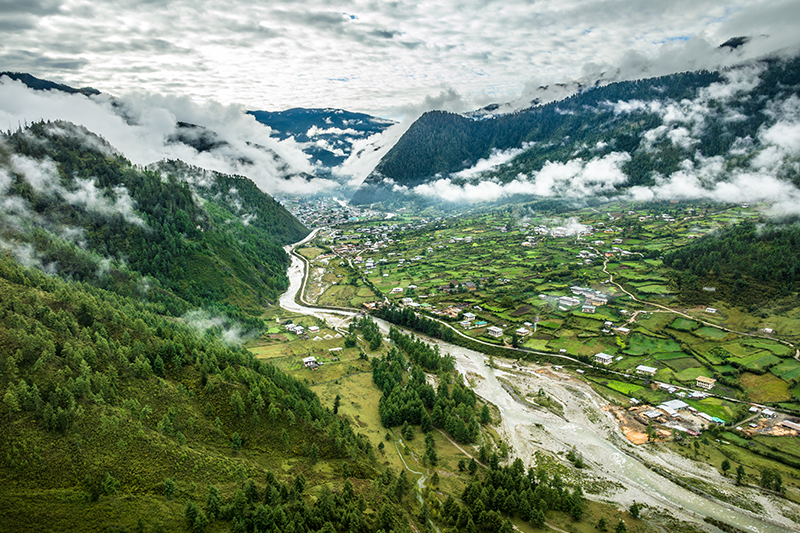
Photo Credit: Marcus Westberg
3 Symbolic Local Fashion
Bhutanese fashion, characterised by intricate patterns and colours in handwoven textiles, goes beyond clothing to convey profound symbolic meanings. Traditional garments represent Bhutan’s enduring heritage, values, and spirituality, featuring lively fabric hues with symbolic motifs that tell stories of spiritual significance. This unique approach reflects a dedicated commitment to preserving cultural identity through attire. It is also one of the few countries in the world where the national dress is still worn every day.
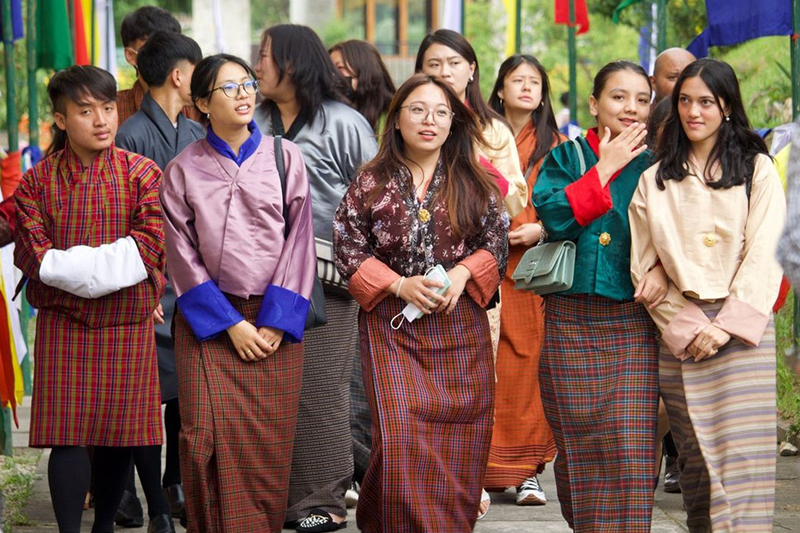
Photo Credit: bhutanechoes
4 Preserving the Pure Culture of the Himalayas
Bhutan has effectively safeguarded its cultural heritage through a policy mandating the use of traditional clothing by all citizens in public spaces. This initiative not only fosters a robust sense of identity and cultural pride but also coincides with the hosting of many major festivals each year. These festivals extend a warm Bhutanese welcome to all those eager to immerse themselves in the country’s living traditions. Did you know that Bhutan has 156 festivals each year!
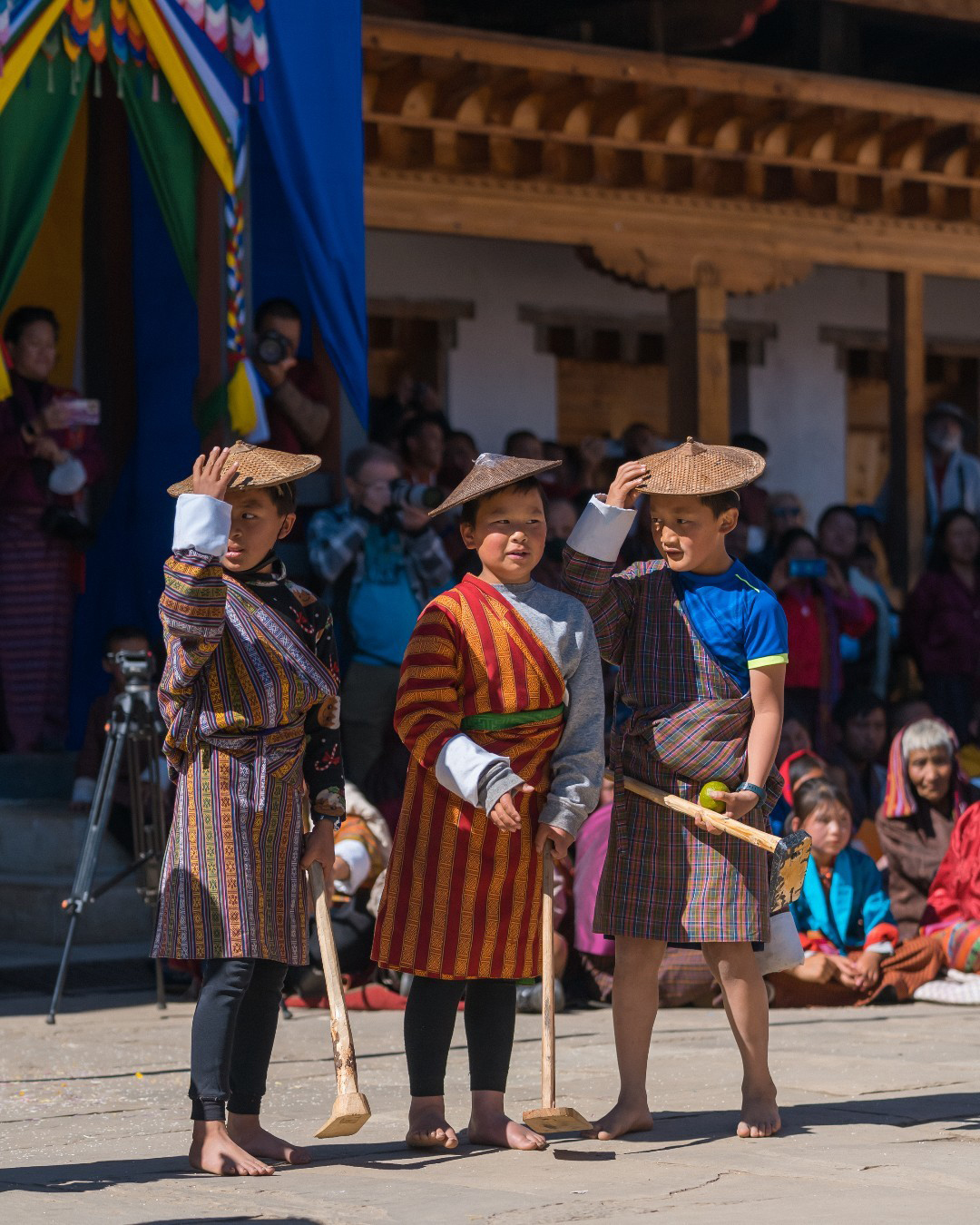
Culture
5 One of the World’s Greatest Walks
Spanning 403 kilometres from the western to the eastern part of Bhutan, the Trans Bhutan Trail is known as one of the world’s top treks. With a history of catering to pilgrims, armies, and traders over millennia, the trail served as the exclusive route for traversing the entire country until the 1960s. Reopening to visitors in 2022 after more than 60 years, the Trail is committed to conducting all tours in a sustainable manner.
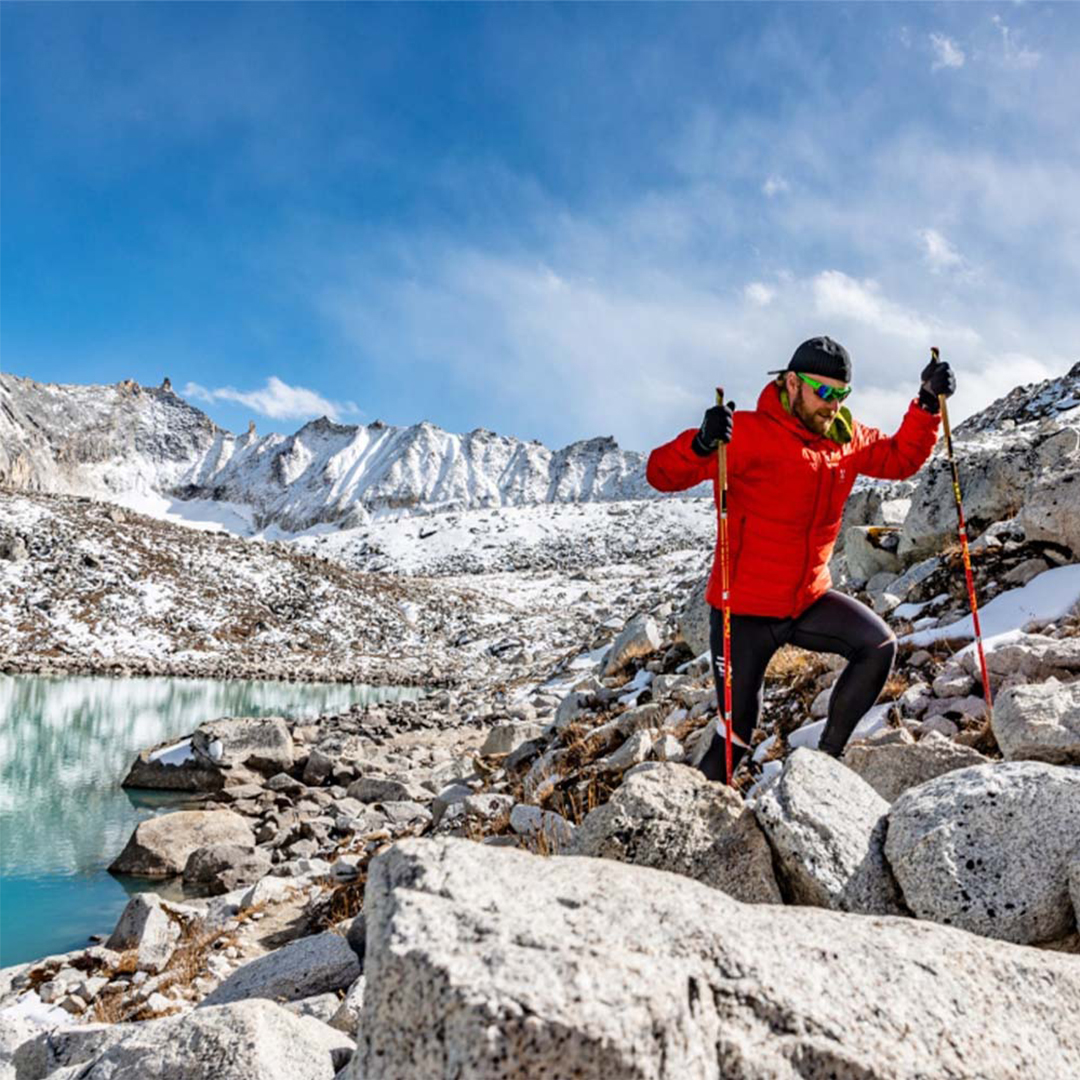
6 Home to More than 700 Bird Species
Bhutan has recorded over 700 bird species. Birds in Bhutan are easy to see as Bhutanese people do not kill or hunt birds; they coexist with them and nature. Each year, an annual bird-watching festival promotes ecotourism and helps local economic growth, featuring cultural activities like traditional music, dancing, and singing performances. Tourists can enjoy local traditional food at various restaurants during the festival.
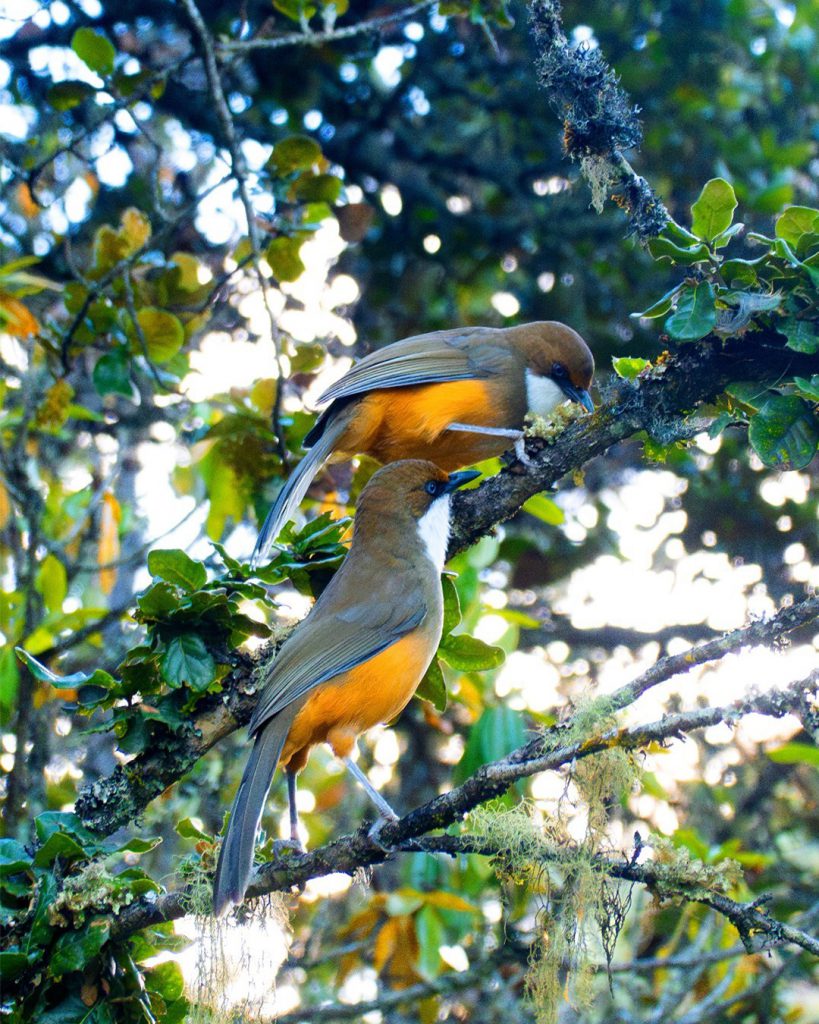
Bird
7 One of The Most Challenging Snow Treks in The World
The Snowman Trek in Bhutan is a top trek, covering 26 days from Laya to high altitudes, passing through cedar forests, alpine lakes, and waterfalls. Known as the world’s toughest trek with 11 mountain passes, it goes from Lunana to Gangkhar Puensum and Bumthang. This challenging trek includes visits to ancient temples, monasteries, and remote villages, providing a demanding experience for adventurers testing both physical and mental endurance.

8 Local Handicrafts
Guests to Bhutan can visit rural communities, allowing travellers to engage with locals, purchase handmade crafts, and support Bhutanese artisans. The sustainable tourism model prioritises fair wages and employment for locals, with around 50,000 Bhutanese now employed in the sector, making it the second-largest employer after civil servants.
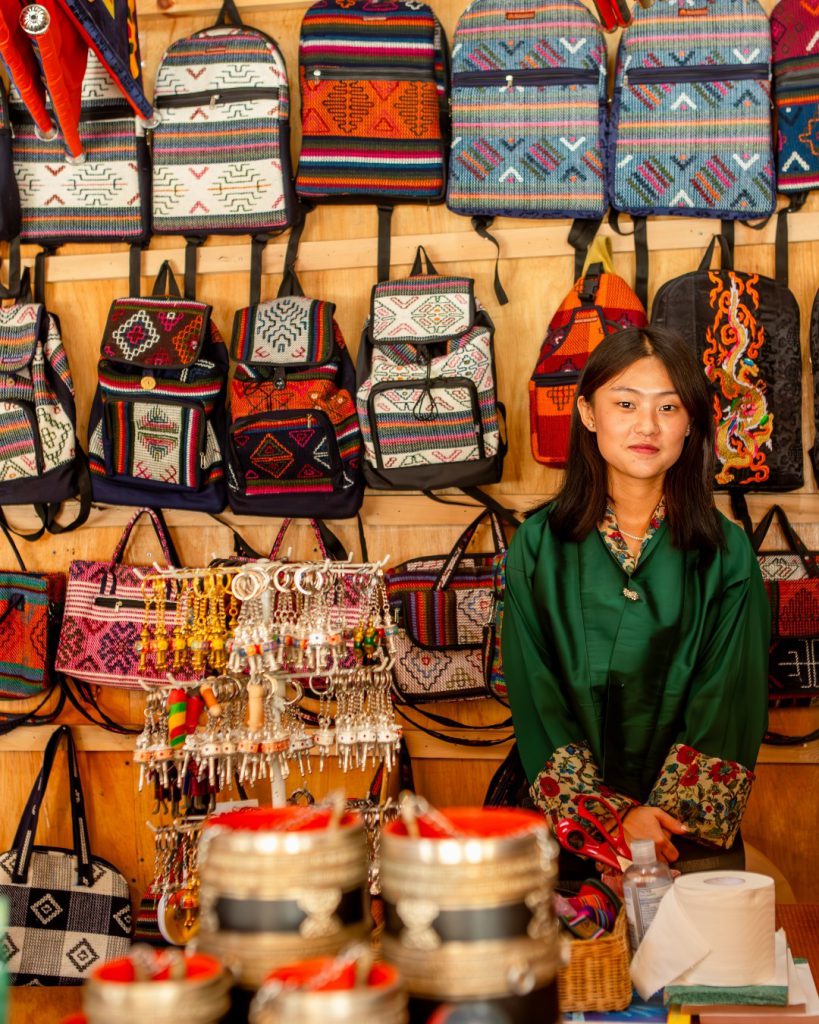
Local Handicrafts
9 Architectural Fantasia
Bhutanese architecture is distinguished by its traditional designs, colourful paintings, and intricate woodwork. Dzongs, fortress-like structures that serve as religious and administrative centres, are scattered across the country and are unlike anything found in other nations. The Taktshang Monastery, or Tiger’s Nest, a famed landmark, offers spectacular views of the Paro Valley. The trek to reach it is a memorable and spiritual experience.
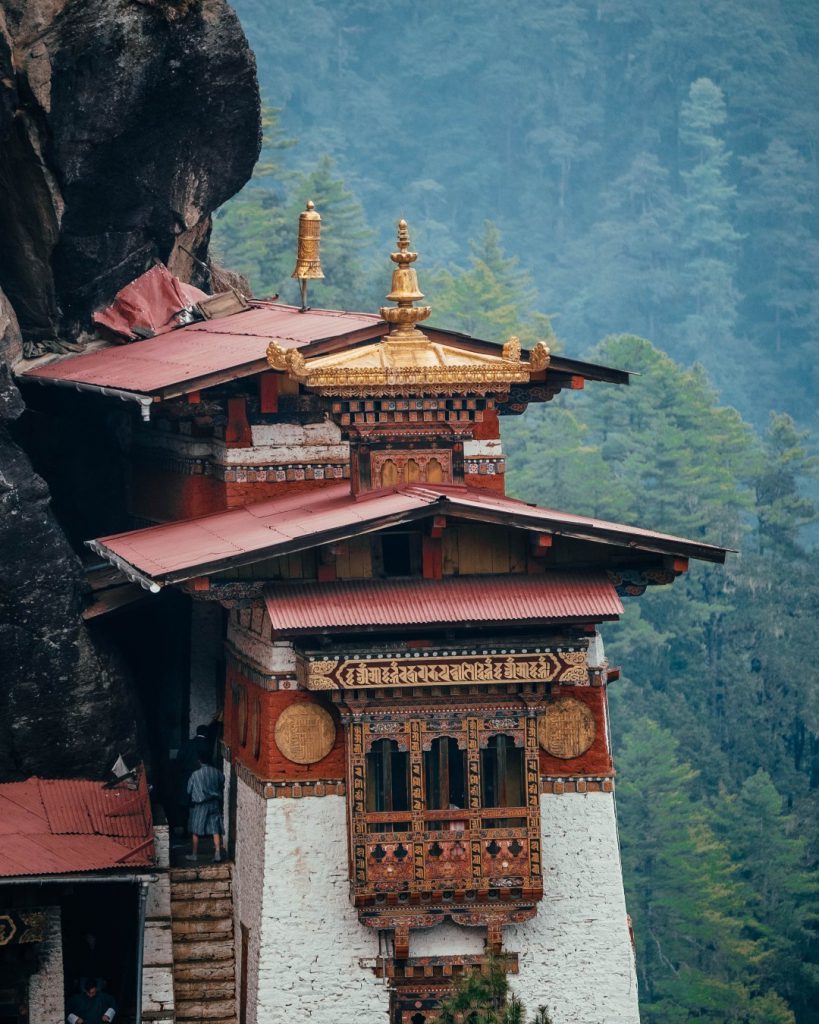
Photo Credit: Jitsintosunset
10 Culinary Traditions
Bhutanese cuisine is represented by its focus on seasonal ingredients, communal dining customs, and a prevalent use of spicy elements. Ema datshi, a famous dish, embodies this with its fiery stew of chilli peppers and local cheese. Traditional butter tea, suja, combines tea leaves, yak butter, and salt to create a comforting beverage. Momos, dumplings filled with various ingredients, are a culinary delight, commonly served steamed or fried with a tasty dipping sauce.
Visit https://bhutan.travel/ for updated information on Bhutan tourism, and follow the Department of Tourism on Facebook and Instagram.



